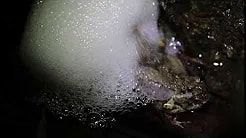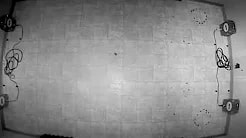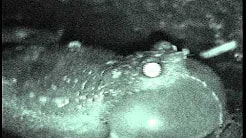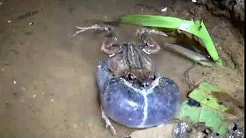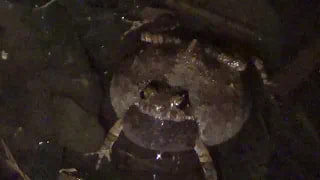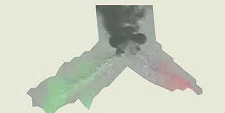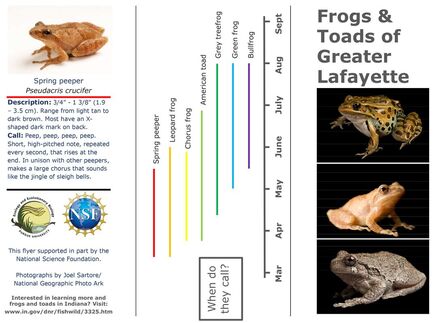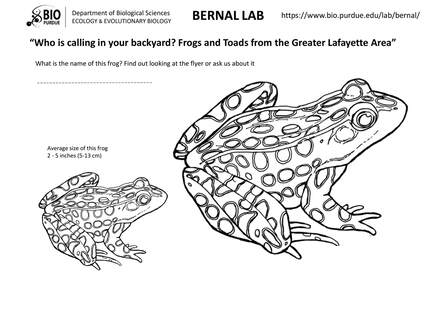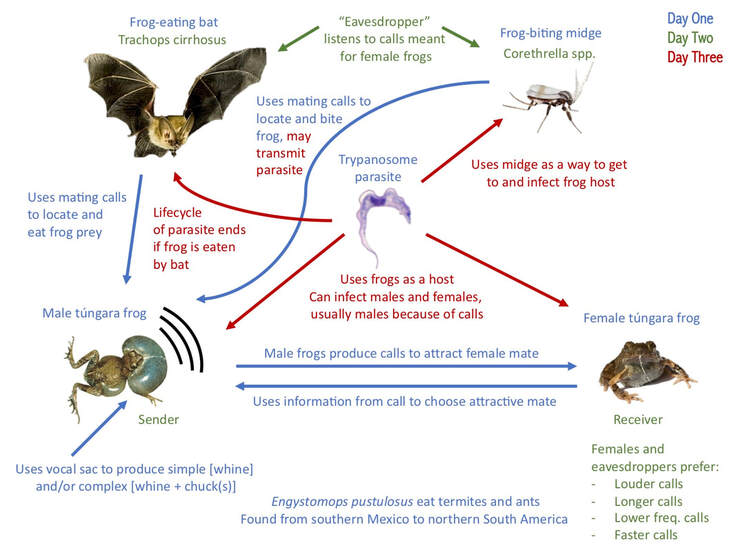Resources
Scroll down to learn about resources available such as videos, coloring pages and a lesson plan for high school students that we have developed to share our knowledge about the animals we worked with and the research questions we ask.
Videos
Looking for a clip of a túngara frog calling? a frog-biting midge attacking a frog? or more fun videos of these characters in the wild? Check out our YouTube Channel
Also, check out our lab TikTok channel!
Investigacion & Telenovelas - Pueden tener mucho en comun!
Si quieres oir sobre nuestra investigación en español y aprender como la vida de las ranas es un asunto de amar & vivir, haz click aqui
Si quieres oir sobre nuestra investigación en español y aprender como la vida de las ranas es un asunto de amar & vivir, haz click aqui
Marvelous Midge and Fantastic Mr. Frog
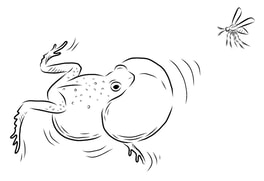 Illustration by Razi Hedström (sarfrazi.com)
Illustration by Razi Hedström (sarfrazi.com)
A coloring book created by artist Razi Hedström about the story of a calling túngara frog and its eavesdropping friends, the frog biting midges.
Download the book here and color away to give this usually dirt-looking frogs the personality they deserve!
Download the book here and color away to give this usually dirt-looking frogs the personality they deserve!
Frogs & Toads of Greater Lafayette
Get a flyer with information about the species of frogs and toads that are common in the Greater Lafayette Area and also coloring pages to enjoy decorating these cuties! The coloring pages were created in collaboration with Gabriela Sincich-Sosa, Artist & Visual Communications Developer at the Department of Biological Sciences at Purdue University.
Lesson plan for High School about the Nature of Science
We developed a lesson plan that facilitates the instruction of the nature of science and highlights that scientific research is actively being conducted and being critically evaluated and used to refine previous scientific knowledge. This lesson plan addresses specific NGSS expectations and aims to improving student understanding of the nature of science. We provide a 5E lesson plan guide to presenting materials in a way that allows students to explore their own ideas and develop their own conclusions with guidance from an instructor. Focusing on a well-established system in behavioral ecology, students are presented with the building blocks to explore the mechanisms of sexual selection and species interactions. This lesson plan provides a unique opportunity to introduce students to the complexity of ecological interactions in the wild while guiding them through thinking like a scientist.

